Japan PMI Manufacturing rose to 48.6 in November, up from 48.4, but missed expectation of 48.7. PMI Services rose to 50.4, up from 49.7. PMI Composite also improved to 48.6, up from 48.4.
Joe Hayes, Economists at IHS Markit, noted: October PMI data was difficult to interpret as a result of the temporary negative shocks by the sales tax and typhoon. However, we can deduce from the November PMI data that there is a strong possibility of Japan’s economy contracting in the fourth quarter. We have seen little rebound following these temporary factors, especially in the service sector where the impact of the tax rise and poor weather was most prominent:.




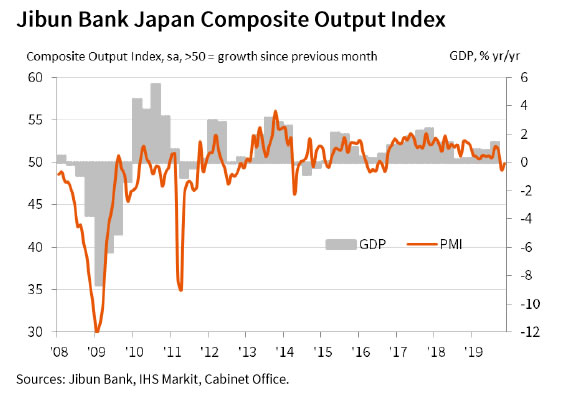

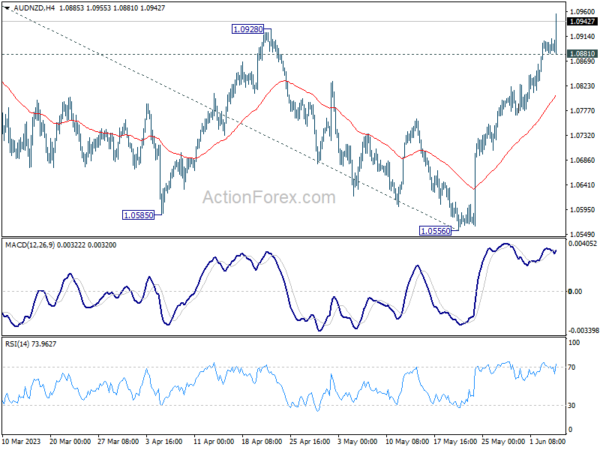
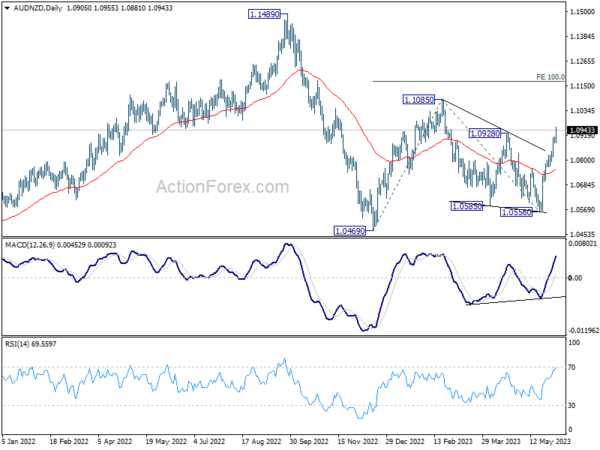

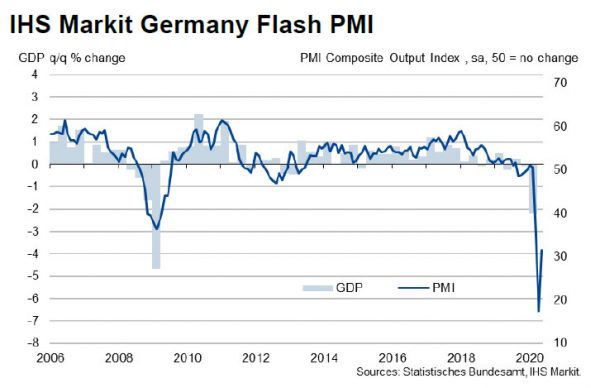
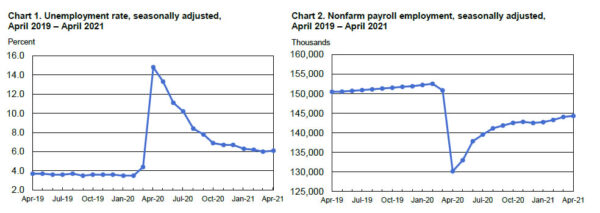
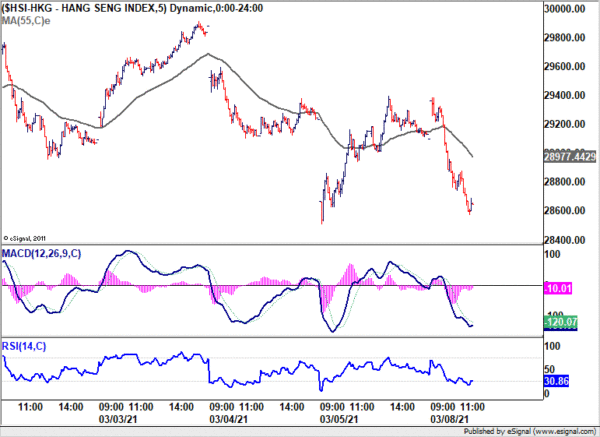
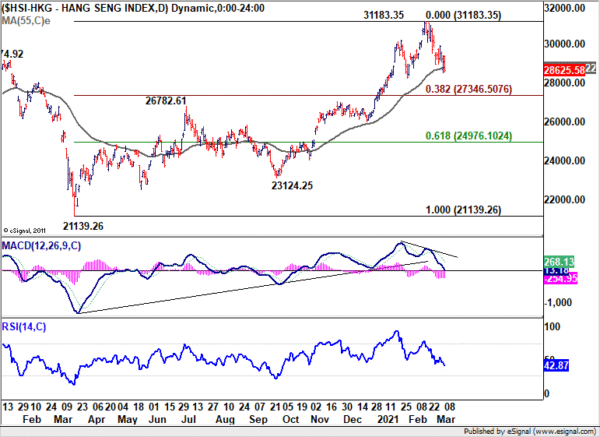
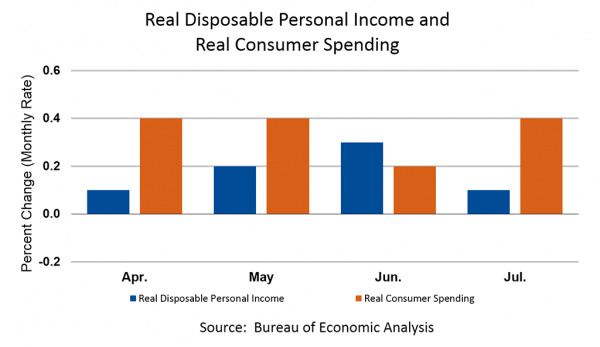
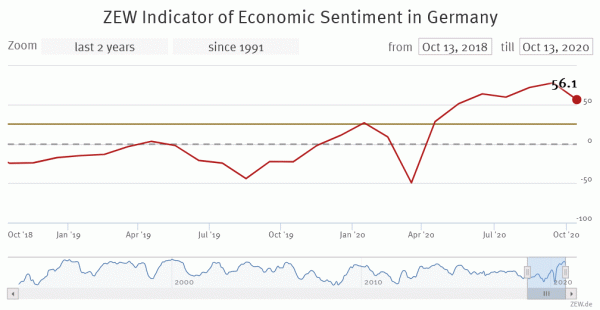
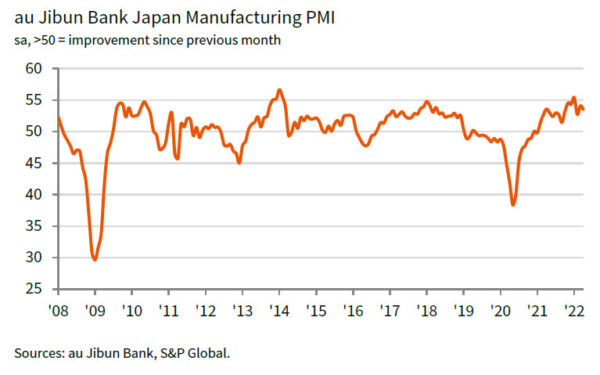
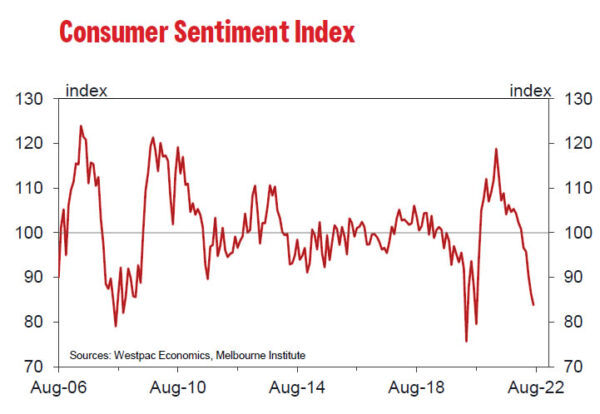
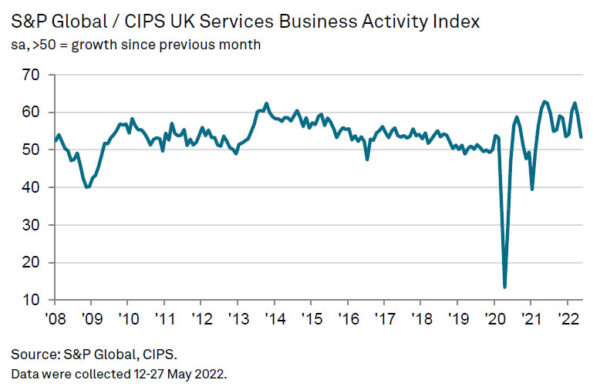
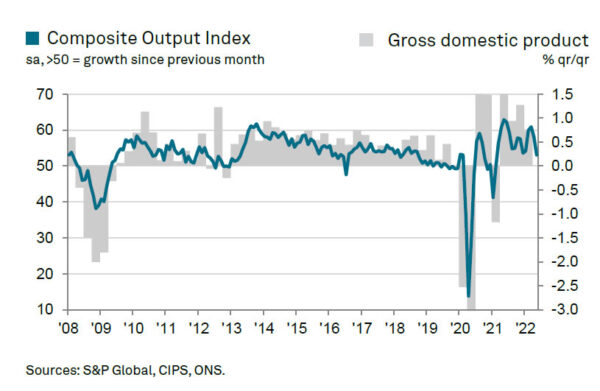
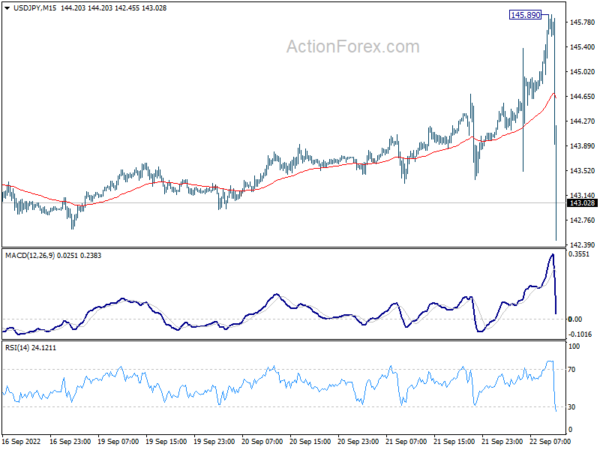
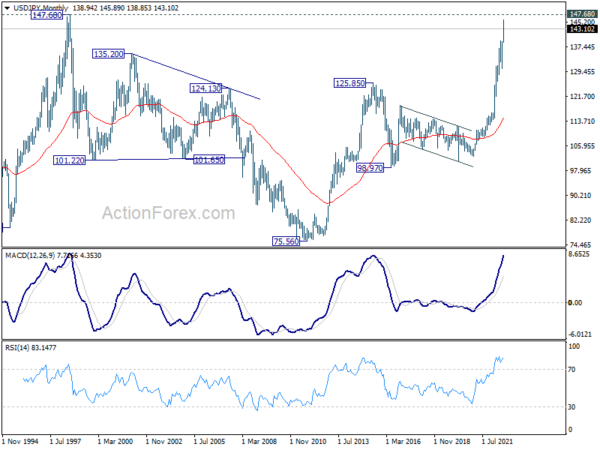
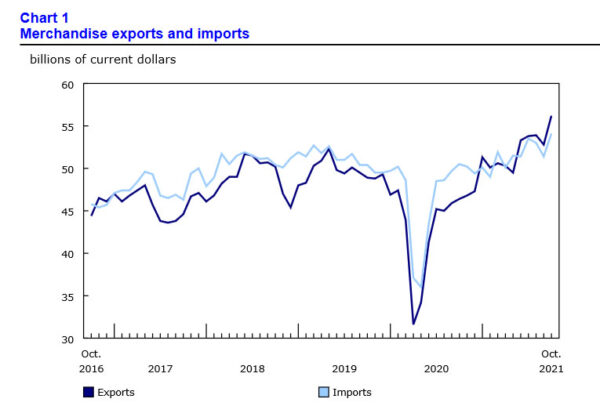

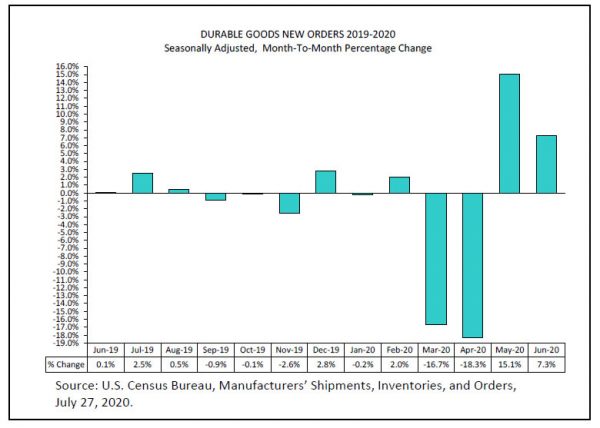
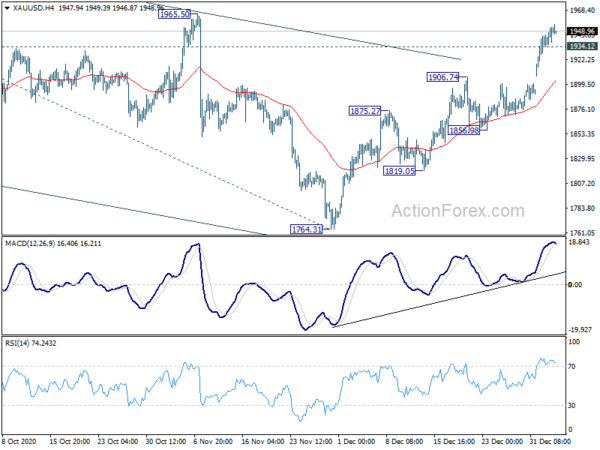
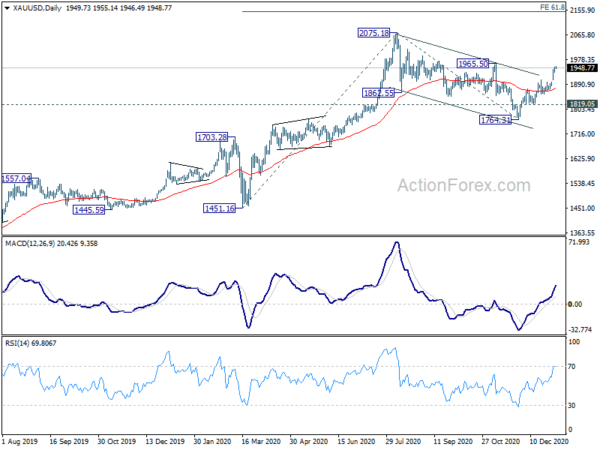

NZIER downgrades NZ GDP forecasts, upgrades inflation
In the new Consensus Forecasts of NZIER, growth projections for the forecast horizon were revised down while inflation projections were revised up. NZIER noted “increasing headwinds” for the New Zealand economy, including “continued global supply chain disruptions as countries continue to grapple with COVID-19, the war in Ukraine and rising interest rates.” The highest inflation outlook reflects “expectations that high inflation will remain persistent”.
In June survey (comparing to March survey):
Full release here.